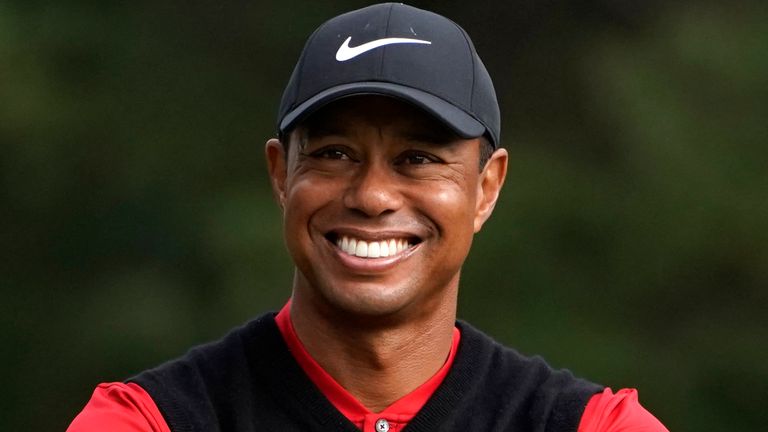The landscape of professional golf is facing another defining moment as Tiger Woods steps into a new leadership role within the PGA Tour. Woods has been appointed chair of a newly formed committee tasked with reshaping the competitive future of the sport in the United States. The move comes at a time when the tension between the traditional golf ecosystem and the Saudi-backed LIV Golf series remains unresolved.
The committee, which also includes Patrick Cantlay and Adam Scott, has been created with the mission of redesigning the PGA Tour’s competitive model. The ambition is not to bring about gradual or cosmetic changes but to deliver a significant restructuring of how golf operates at the top level. A stronger separation between seasons, clearer scheduling, and guarantees that top-ranked players will consistently feature in major events are among the most likely reforms.
While Woods’ involvement signals a renewed drive for change, questions about unification with LIV continue to dominate conversations around golf’s future. A framework agreement signed in 2023 between the PGA Tour and Saudi Arabia’s Public Investment Fund was meant to pave the way for collaboration, but progress has been slow. Negotiations around financial investment and player reintegration remain at a stalemate. Prominent players such as Jon Rahm, Bryson DeChambeau, and Brooks Koepka continue to compete on the LIV circuit, leaving gaps in the PGA Tour’s roster.
Despite widespread support from fans for unification surveys show that most want the world’s best golfers competing together more often the new PGA leadership appears focused on strengthening its own product first. By prioritizing structural innovation, media appeal, and sponsor engagement, the Tour aims to secure its dominance regardless of whether a merger materializes.
Meanwhile, Scottie Scheffler continues to underline his position as the sport’s leading active player. With five tournament victories this season, including two majors, Scheffler has distanced himself from his peers. Even so, he remains humble when comparisons to Woods arise, calling it “silly” to measure his achievements against one of golf’s all-time greats. For Scheffler, Woods remains a unique figure who inspired a generation and set a competitive standard unmatched in the sport’s history.
As Woods takes on this influential role, the PGA Tour stands at a crossroads: balancing its desire for independence with the ongoing reality of a divided professional landscape. Whether his leadership ushers in unity or further separation, his influence will be central to golf’s next era.

